Traveling the Nevada desert is traveling in a time warp.
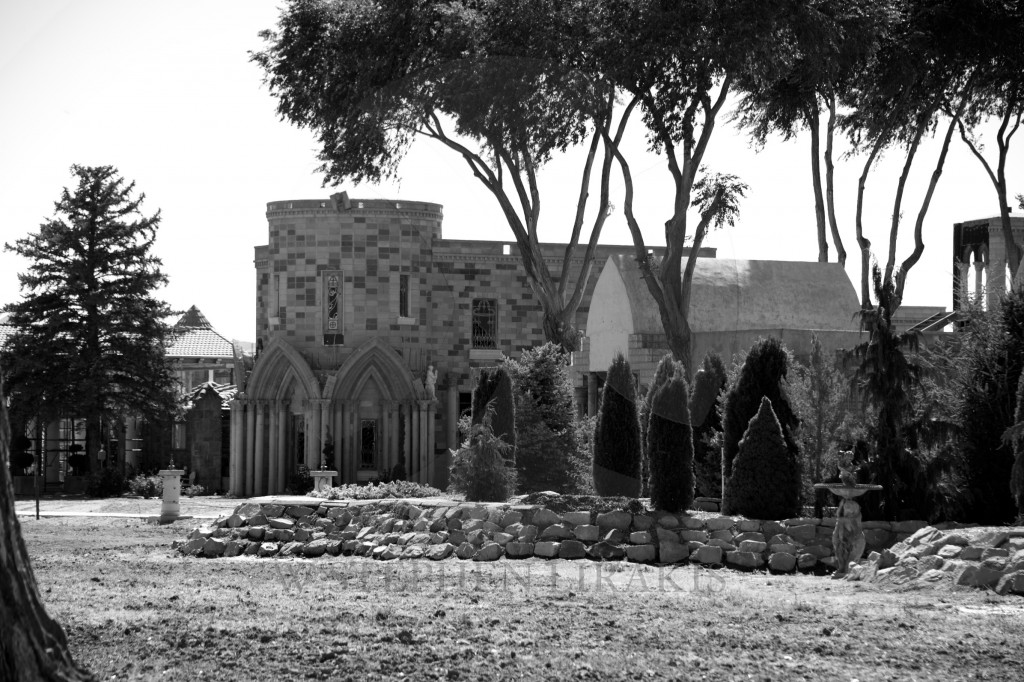
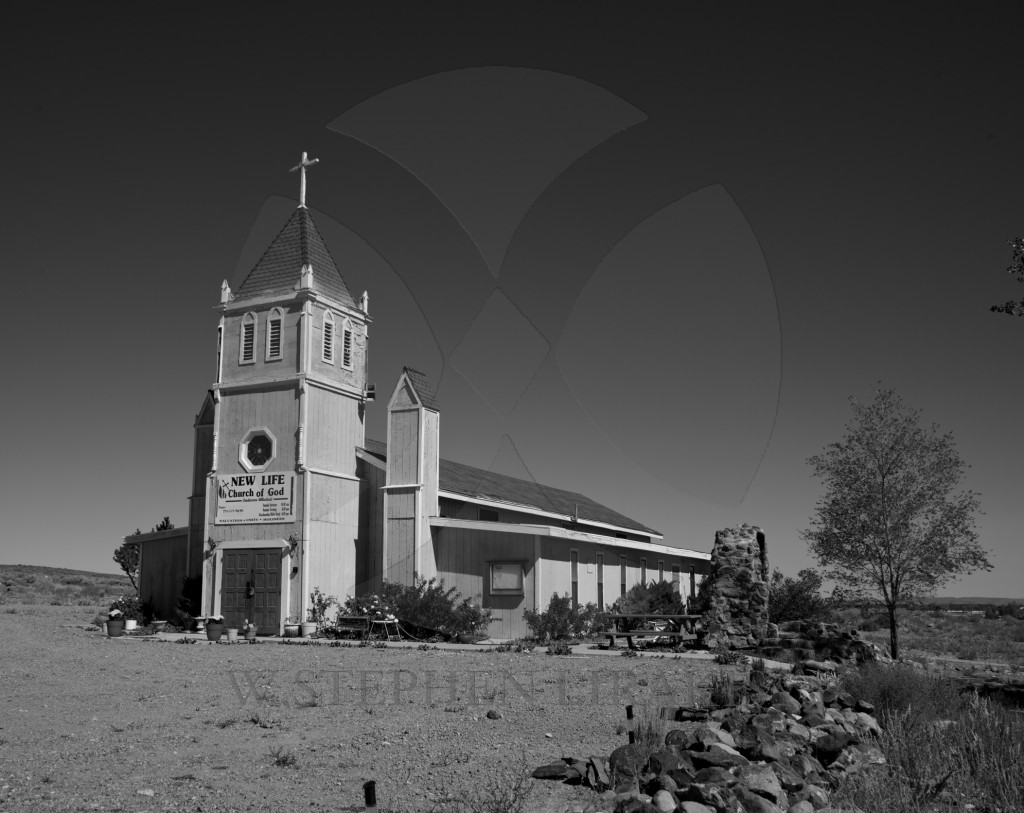
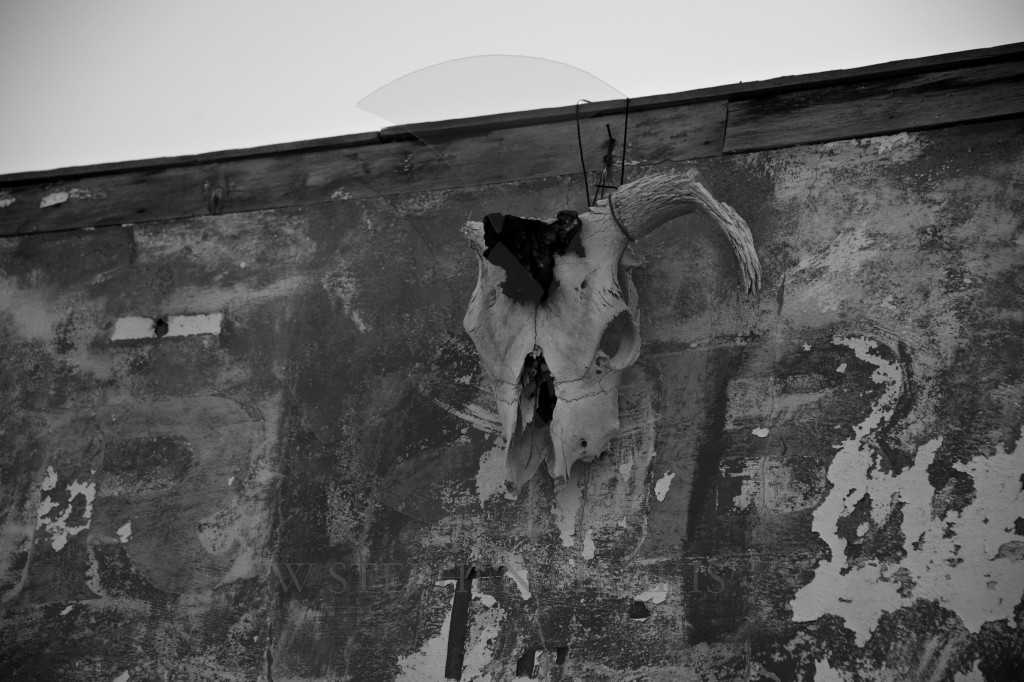
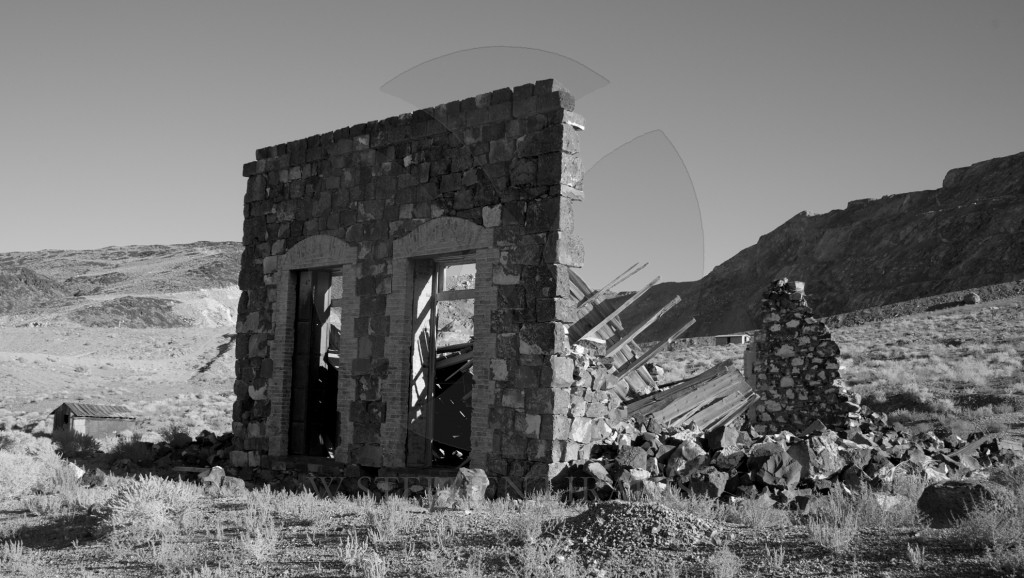
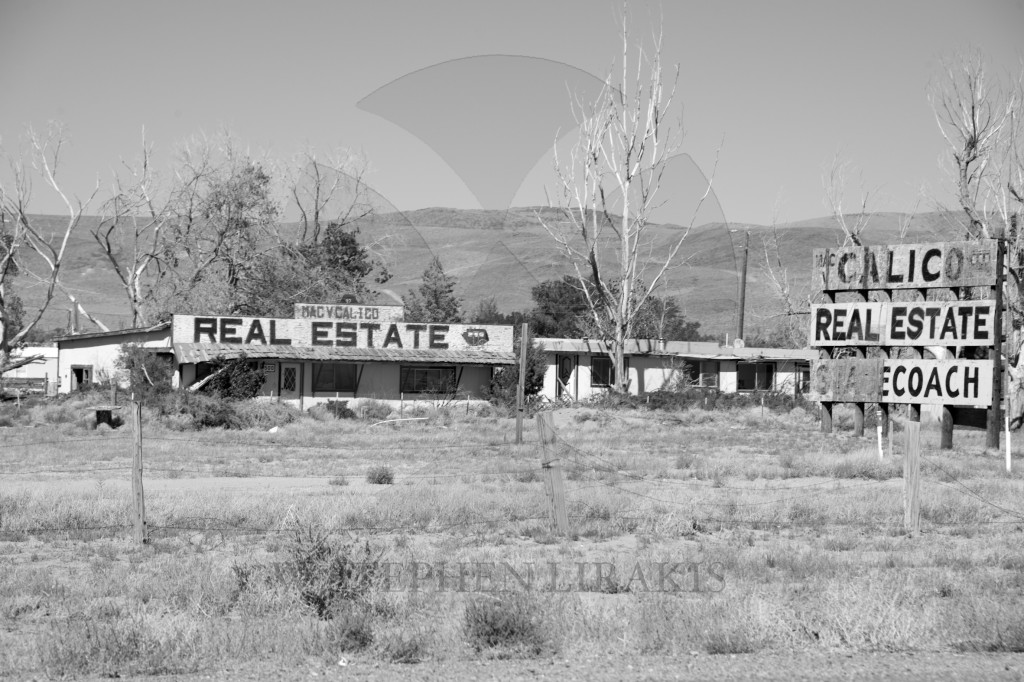
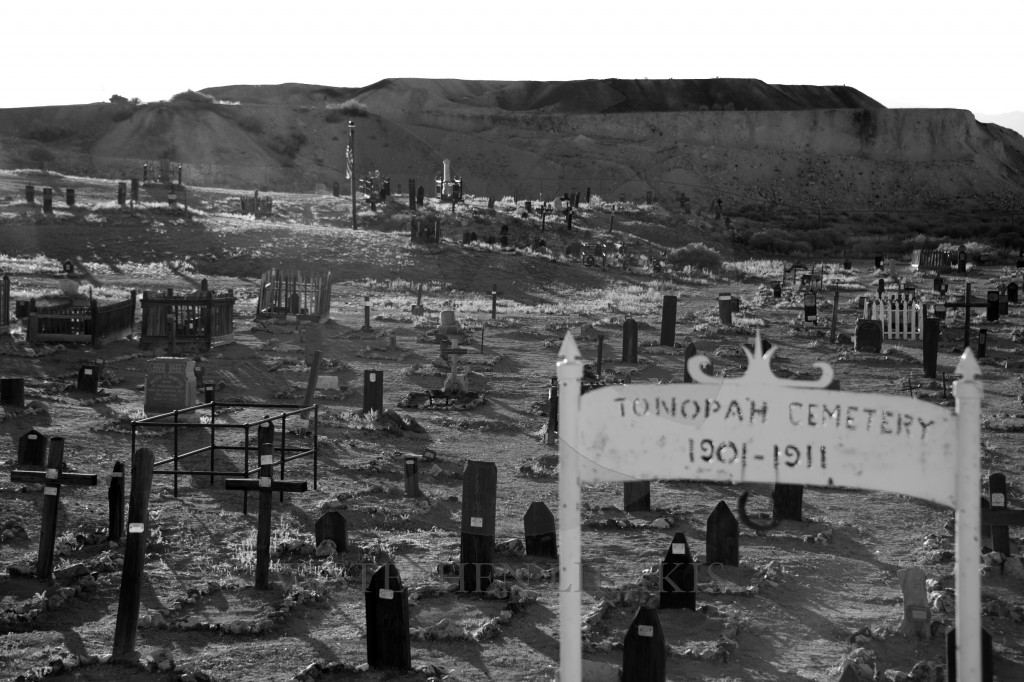
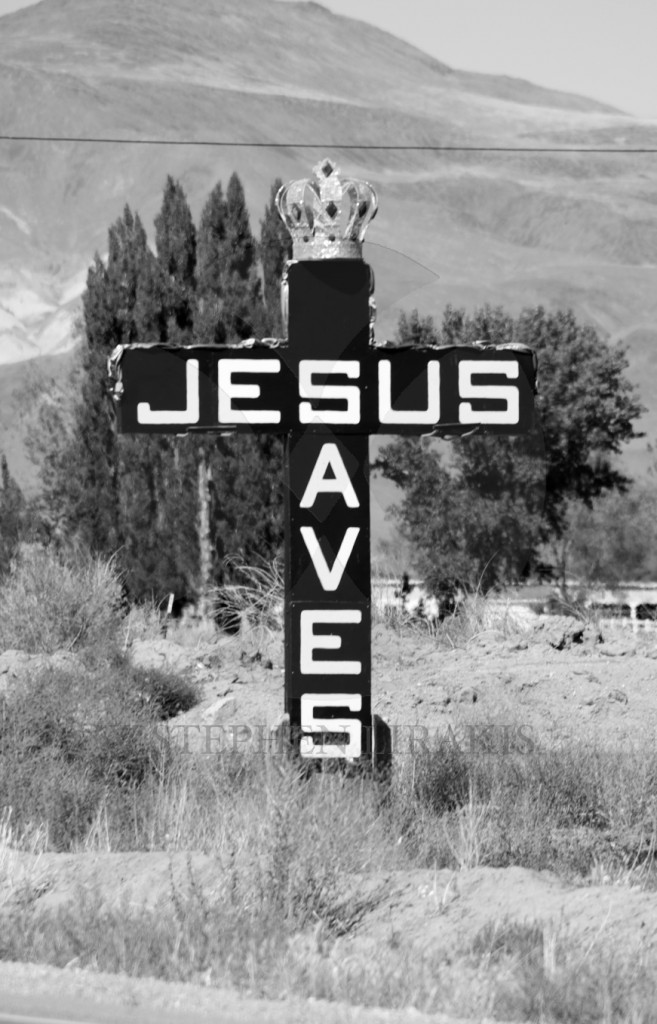
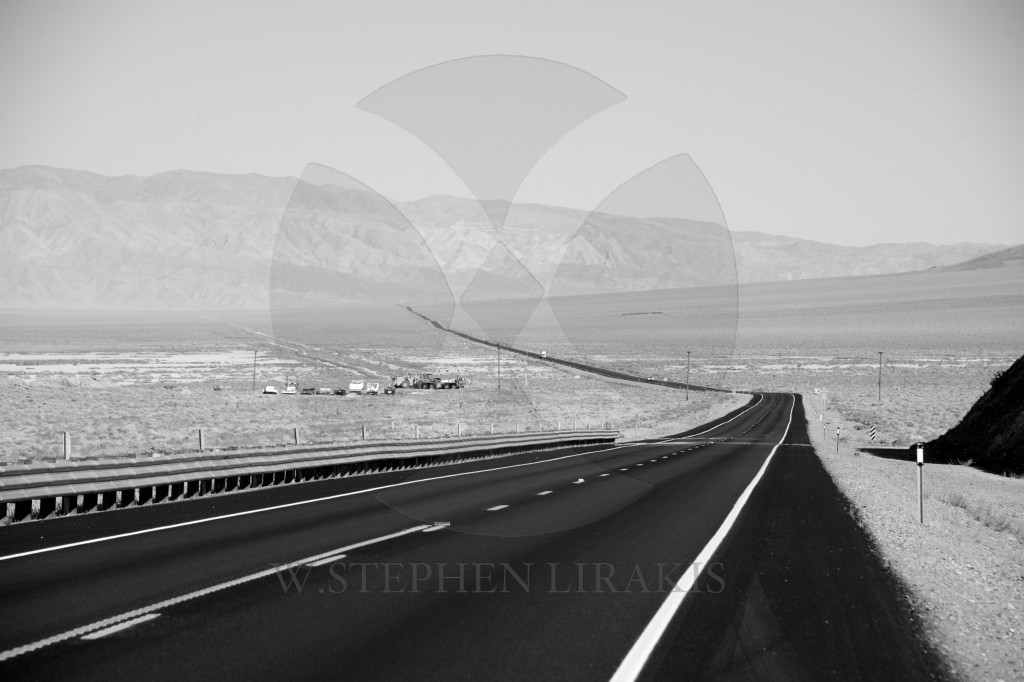
Even Bob Fisher, who as a journalist has always loved being an iconoclast is disturbed by the events leading up to the next America’s Cup to be held in Bermuda in 2017. Below are the words he penned for scuttlebutt:
2015-04-11_8-19-46
Bob Fisher: Disgracing the America’s Cup
Published on April 11, 2015 |
by Editor
Bob Fisher knows the America’s Cup, perhaps better than anyone. His books and articles have covered the event since 1851, and he considers the event unmatched in its history and intrigue. But what Bob sees now occurring for the 2017 edition gives him grave concern. Here are his words to the current trustee, Golden Gate Yacht Club…
I cannot escape notice of what you are doing to the America’s Cup – it has been nothing short of a disgrace to the premier event in the sport of Sailing. You have abused it, misused it and reduced it to no more than an average regatta, losing on the way its prestige and at the same time driven away the most serious competitors.
In the last America’s Cup event, held on the waters of the Golden Gate Yacht Club, for whom you act in a management role, the two challengers that came up to the mark were those from the Royal New Zealand Yacht Squadron and the Circolo della Vela Sicilia – Emirates Team New Zealand (ETNZ) and Luna Rossa. In the course of the past week you have made it virtually impossible for ETNZ to raise the necessary funds to continue by removing any chance of a major regatta in Auckland, and, by a huge change in the size of boat, caused the Italian team to withdraw. Is this what you really want?
Gone is all semblance of stability and adherence to rules unanimously agreed at the outset and in their place an undercurrent of commercial misunderstanding and constantly changing rules without the unanimity of the challengers as initially agreed. Both of these are a disgrace to the Cup and to yourselves.
It was brought to my notice by you, in Auckland, that it was important for a part of the Challenger Final Selection Series to be held in the City of Sails in order to generate publicity for the America’s Cup in Asia and the reason for that was a Japanese team would shortly emerge, and that this would encourage television networks to purchase the rights.
Subsequently, the America’s Cup Event Authority (ACEA) has made it clear that ALL Challenger Selection races will be held in Bermuda, effectively slapping ETNZ in the face and reducing the Kiwis’ chances of Government sponsorship (which hung on a major AC regatta in Auckland), possibly even eliminating this team from AC35
It is unnecessary for the America’s Cup to have a television audience. For many years there was no television coverage, and later only inserts into News programmes. Televising the event began in 1983 and was carried to a new height by ESPN in 1987 in Fremantle. Even then it didn’t need catamarans on hydrofoils sailing at 40 knots to be attractive – just 12-Metre yachts in boisterous conditions with some live sound from the boats.
Now, thanks to the wizardry of Stan Honey and his colleagues, full details of the speed and direction of each of the competitors is overlaid on the live pictures of the racing. The technology of other sports has improved television for even the non-sailor, but this does not drive the America’s Cup. Money does. And there will certainly not be enough from television rights to pay for the somewhat unnecessary regattas that take place using the name of the event that has, over 164 years, taken place only 34 times.
The America’s Cup is a one-off event. It does not need promoting with pseudo regattas in the intervening years, which use its name. The Challenger Selection Trials, together with the long lost Defender Selection Trials, are adequate and the responsibility for their expense is down to the individual teams. Now there is a state of affairs in which the Defender trials have been eliminated. In the Protocol, Item 17 clearly states:
“Defender means GGYC and the sailing team that represents GGYC in AC35;”
You have excluded any chance of another US Yacht Club from competing for the Cup, maybe even giving GGYC the type of competition it needs to retain the Cup. Not even the New York Yacht Club (NYYC) felt sufficiently confident to resort to that.
Neither did the NYYC resort to changing the boats at a late date – the move from the AC-62 to the AC-48 has been very last minute and particularly hard on the teams that had set up their design groups well in advance to produce the smaller AC-62, as announced soon after the last AC match. It is hardly surprising that you have put Patrizio Bertelli’s feelings in disarray to the extent he has withdrawn Luna Rossa from AC35. His team had been working since early January 2014 at its headquarters in Cagliari with a Design Office of 40, all working on the design of a 62-footer. I suppose your comment will be: “Silly him,” but you have lost one of the biggest commercial sponsors of the Cup – just look where the Prada advertisements for Luna Rossa appear.
To throw fat on the fire, you are offering to give design and financial support to the French team, which has made little progress, and what is worse attempting to justify this with the terms of the Deed of Gift, where it indicates that the event is to be: “a friendly competition between foreign nations.” But you may well counter this with the quote from the judge of the New York Court of Appeals in the case between the Mercury Bay Boating Club and San Diego Yacht Club, who queried: “Where in the Deed of Gift does it say the America’s Cup is supposed to be fair?”
The loss of Louis Vuitton, after 30 years, is another huge loss of commercial sponsorship, but the writing for that was on the wall in San Francisco.
Everything this time around has been late, and bringing in new entries at this stage is another breach of the Protocol. I implore you to get your act together, remember the event with which you are dealing, with its glorious past, and begin to act in a proper manner.
Archaeologists say the rusted Winchester Model 1873 rifle may have been left at the same spot more than a century ago
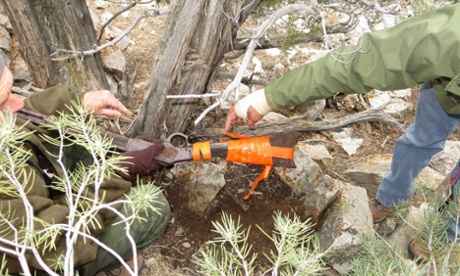
An 1882 Winchester rifle which was found leaning against a juniper tree in a clutch of rocks and branches on a remote Nevada range has confounded the archaeologists who happened upon it, standing as if casually left there more than 100 years ago.
The rifle, which is remarkably well preserved, was found by a team of archaeologists in Great Basin national park in November. It will go on display this weekend at the park, the chief of interpretation, Nichole Andler, said.
How the rifle arrived at its resting place, vulnerable to the elements, a curious animal or covetous passerby, is a mystery. “We just don’t know,” Andler said, pointing out that there were no other artifacts in the immediate vicinity that could hint at who put the rifle there.
Andler said the rifle was discovered with its wooden stock partially buried, its barrel rusted and its body so browned that it “really camouflaged in with the bark and shading of the juniper tree”.
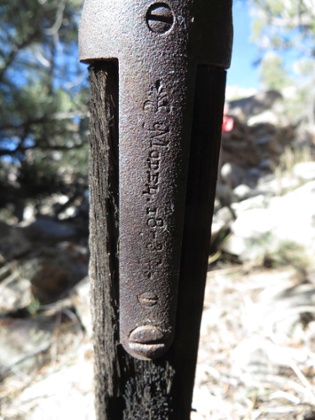
An engraving of “Model 1873” on the rifle’s side identifies it as one of the most popular guns of its era. Winchester manufactured more than 700,000 of the rifles, which Andler said were “fairly inexpensive” for the time and became known as “the gun that won the west”.
Winchester made the gun from 1873 to 1916. Until 1966, the Great Basin desert contained wilderness, ranches and mining camps; some metallic relics of the miners of Snake Valley are still scattered around the park.
Rangers, miners, settlers, ranchers or Native Americans are the likely candidates to have owned the rifle, but Andler said the owner could have been almost anyone.
“Humans have been in this valley for a very long time,” she said.
Nevertheless, park archaeologists will still search for any trace of the lost rifle in newspapers from the era, Andler said.
After its initial display, conservators will try to maintain the rifle’s good condition, which Andler attributed to the arid climate and shelter provided by the tree.
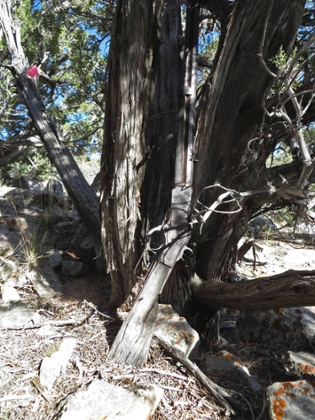
• An earlier Reuters version of this story was amended on 16 January 2015 to correct the model of gun mentioned. It is a Winchester Model 1873, not a 1773, as we first said. The headline was also changed to make it clear that an old gun had been found, not a decrepit cowboy.
Quickly done and I should wait to publish it; however I am rather pleased with the way it is coming together. I will post a finished copy later.
It has been mentioned before, Paul Larsen who piloted Sailrocket to a new speed record and then participated in the re-enactment of Shackleton’s trek. Going from being the fastest man under sail to the slowest.( 60 knots vs 3 knots)
For me, a recurring theme or thought is the idea of the first person to do something; that first leap of faith if you will. The other thought coupled with this is the context of time.
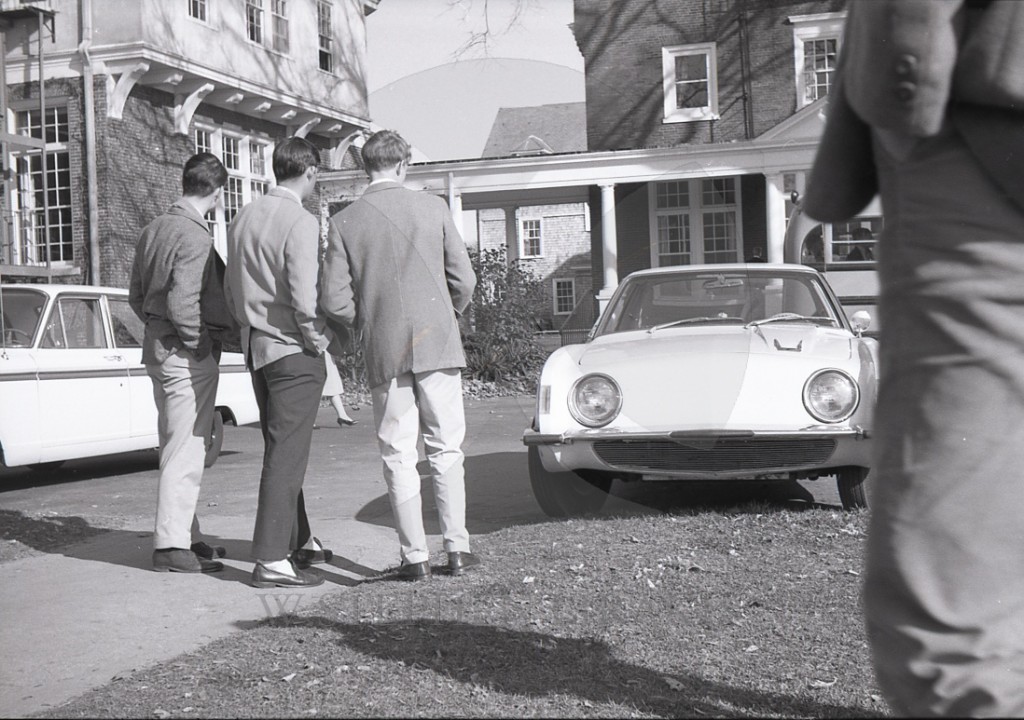
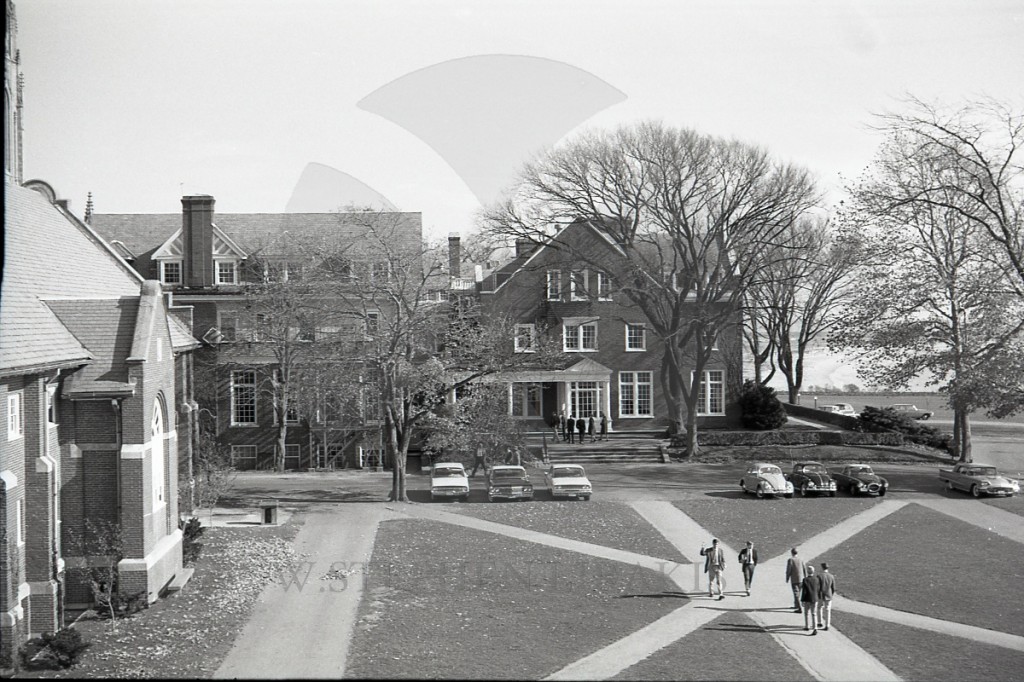
I expect everyone of a certain age remembers where they were when the news was announced of the assassination of President Kennedy. Saint Georges’ School had just been let out for Thanksgiving vacation. I was hitchhiking into Newport along Memorial Boulevard. A step van stopped to pick me up and told me the news. I wasn’t certain whether or not to believe him and initially dismissed the thought.
It took me a long time to absorb the idea that an assassination of an American President could actually happen. I believe the loss of that kind of security is what people really mean when they refer to the loss of innocence. It could never happen here. It certainly spoiled my Thanksgiving holiday.
Visit NBCNews.com for breaking news, world news, and news about the economy
The truth about Richard III may yet be revealed. There is controversy surrounding the history of this man.